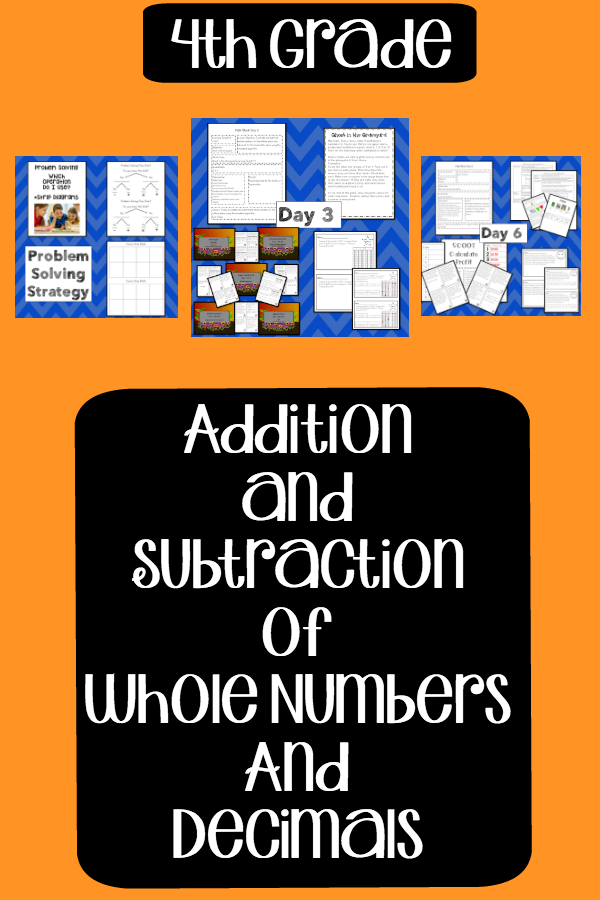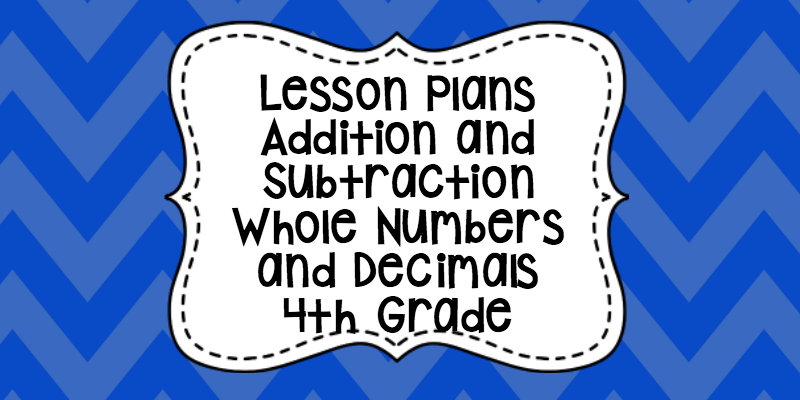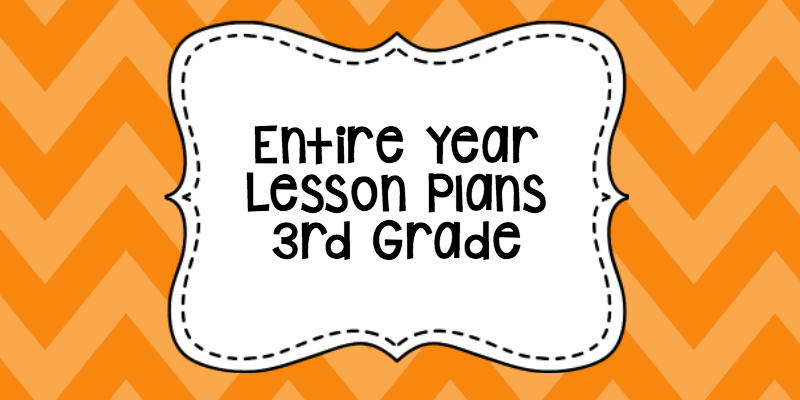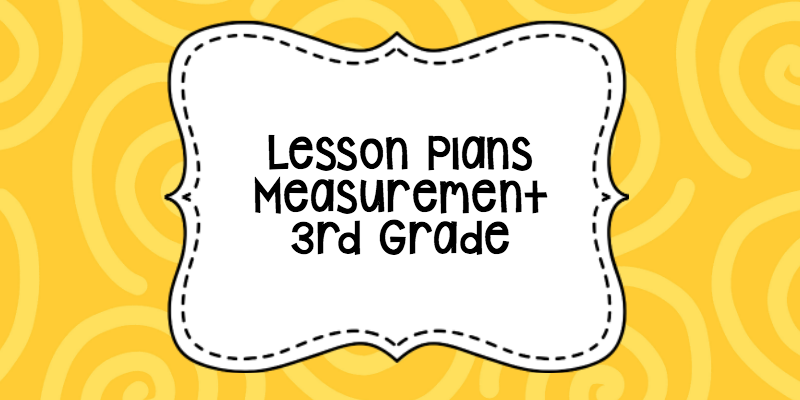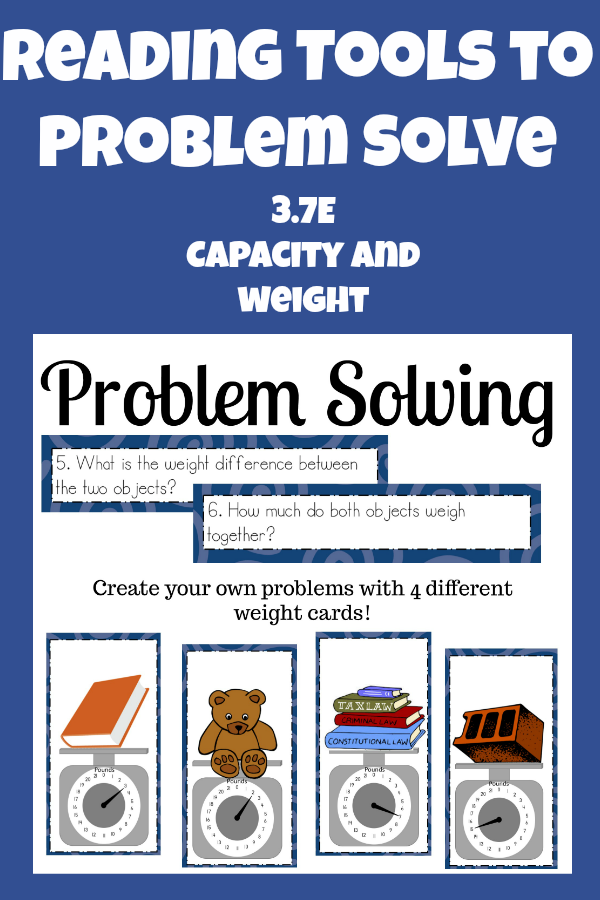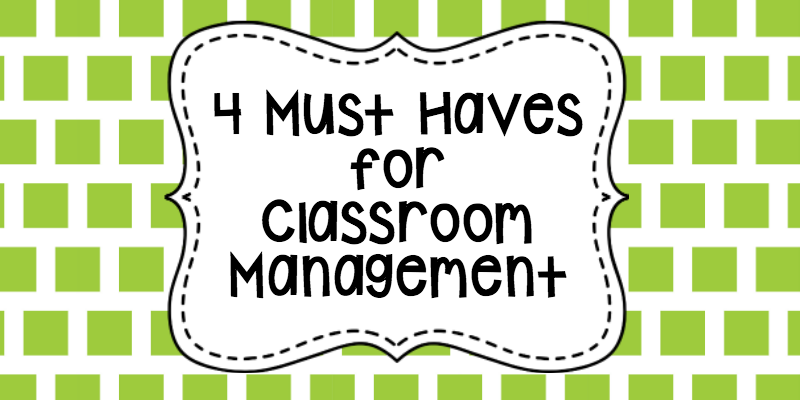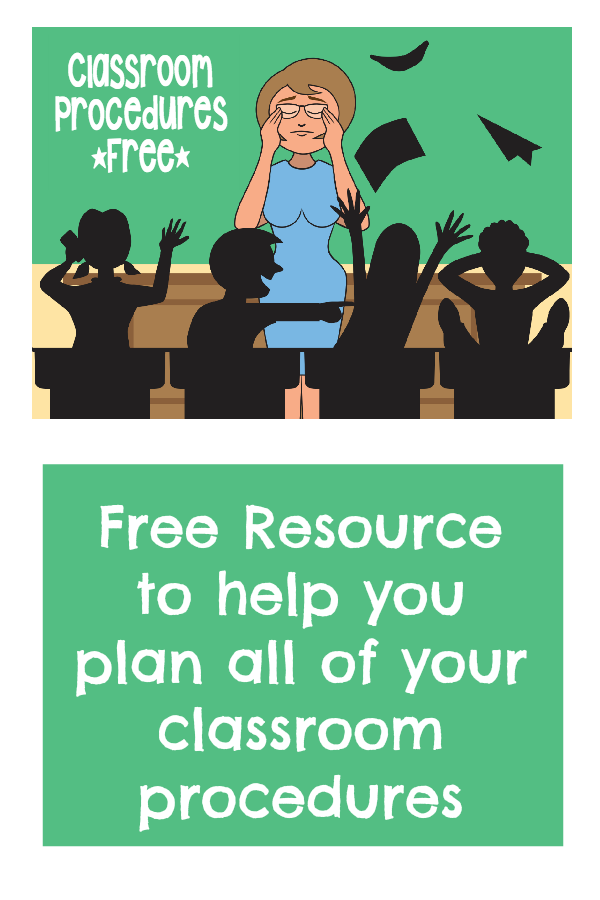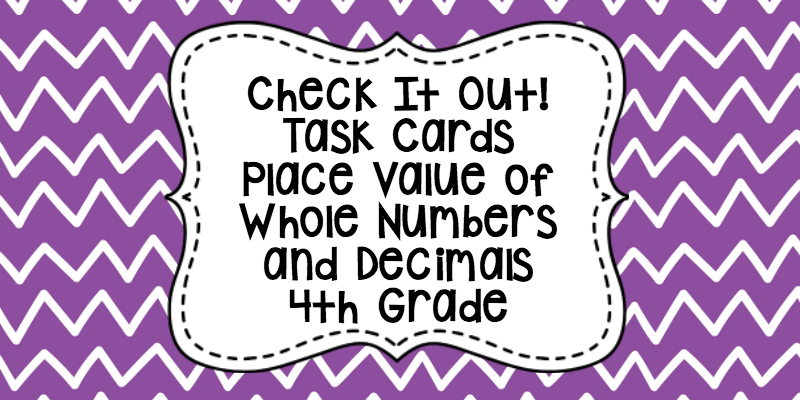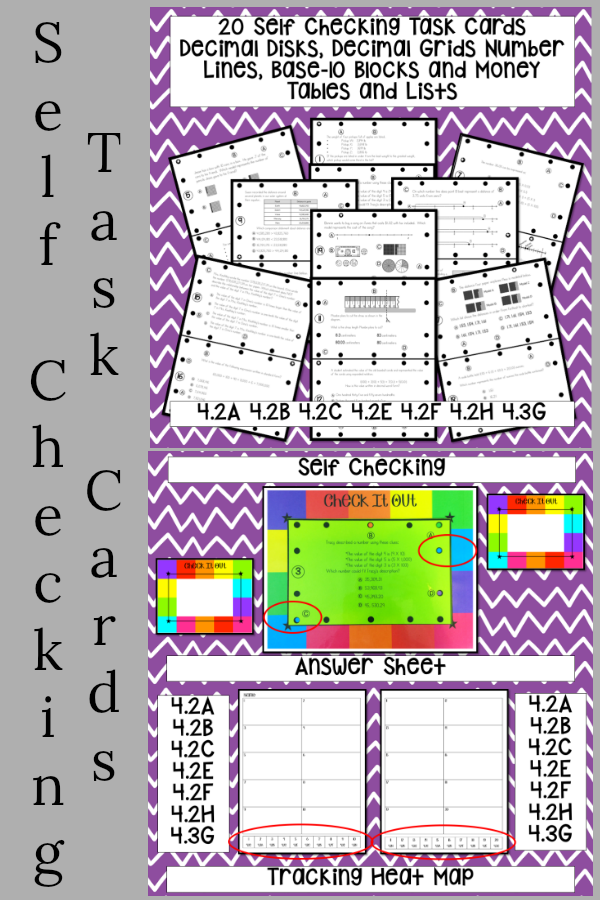Foundations of Number. In this unit, students will learn place value through 100,000. They will compose and decompose numbers with concrete objects, pictorial models and expanded form. They will also compare and order numbers using symbols and words. This unit is scheduled for 8 days. TEKS: 3.1A, 3.1B, 3.1C, 3.1D, 3.1E, 3.1F, 3.1G, 3.2A, 3.2B, and 3.2D
Addition and Subtraction. These plans are for 17 days of instruction. In this unit, students begin working with estimation. The use of number lines and place value relationships from Unit 1 will help them with estimation. One and two step problem involving addition and subtraction are practiced using strategies such as place value, properties of operations and different pictorial representations. This unit also practices counting a collection of coins. TEKS: 3.2C, 3.4A, 3.4B, 3.4C, 3.5A, 3.7B
Building an Understanding of Multiplication. These plans are for 12 days of instruction. In this unit, students represent multiplication facts through the use of context. The models for this unit include objects, pictorial, area models, equal groups, arrays, strip diagrams, and equations. Students use the properties of multiplication to solve one step problems. Basic fact strategies- doubles, doubles plus one, double doubles, 5’s, 10’s and 9 are taught. This unit prepares students for division! TEKS: 3.4D, 3.4E, 3.4F, 3.4K, 3.5B, 3.5C, 3.6C
Data-summarizing data using a frequency table, dot plot, pictograph and bar graph. Scaled intervals lessons and interventions are included! TEKS: 3.8A
Relating Multiplication to Division. These plans are for 7 days of instruction. This unit is about relating multiplication to division. Two types of division are introduced in this unit- sharing or partitioning and repeated subtraction. The divisibility rule of 2 is introduced with the odd/even concept. The inverse relationship between multiplication and division helps students continue to learn basic facts. TEKS: 3.4F, 3.4G, 3.4H, 3.4I, 3.4J, 3.4K, and 3.5D
Representing Fractions. These plans are for 10 days of instruction. In this unit, students begin representing fractions. Students will be modeling fractions with real objects such as Cuisenaire rods, fraction strips, folded paper, fraction circles, pattern blocks, open and closed number lines and horizontal and vertical number lines. Students work with unit fractions and fair share when things don’t split up evenly! They need fractions to make it fair. TEKS: 3.3A 3.3B 3.3C 3.3D 3.3E 3.7A7B
Application of Multiplication and Division. These plans are for 10 days of instruction. This unit is about understanding multiplication and division. Students use their knowledge of the commutative, associative, and distributive properties to make multiplying two digit by one digit easier! Flexible thinking is key! Students will also begin working with partial products to establish place value in multiplication and the standard algorithm to get ready for 4th grade! Area of rectangles is taught again and connected to arrays and area models. Students will also work on the divisibility rule of 2 and apply it to odd or even concepts. TEKS: 3.4G, 3.4I, 3.4J, 3.4K, 3.5B, 3.6C
Personal and Financial Literacy about jobs and experience as well as skills needed to do certain jobs. They learn about scarcity and how to plan for events. Students explore the use of credit cards and explain the benefits of saving. TEKS: 3.9A, 3.9B, 3.9C, 3.9D, 3.9E, and 3.9F
Algebraic Reasoning- All Operations. These plans are for 13 days of instruction. This unit is about practicing one and two step problems with all operations. Students apply what they learned about one step problems to working with problems that require multiple operations. Students use number lines, strip diagrams and equations to solve problems. Students begin decomposing non- overlapping figures and apply what they know about finding the area of an irregular shape. Students begin working with input output tables to determine additive or multiplicative relationships. They use expressions or equations to represent the pattern. Students will also review summarization of data and use this data to solve one and two step problems. TEKS: 3.4A, 3.4G, 3.4K, 3.5A, 3.5B, 3.5E, 3.6D, 3.8A, and 3.8B
2D and 3D Figures is about developing an understanding of geometric figures by classifying and sorting two- and three-dimensional figures, including cones, cylinders, spheres, triangular and rectangular prisms, and cubes, based on attributes using formal geometric language. Students will be using attributes to recognize rhombuses, parallelograms, trapezoids, rectangles, and squares as examples of quadrilaterals and draw examples of quadrilaterals that do not belong to any of these subcategories. Area is explored again in this unit. Students build on their previous experiences with fractions and area to decompose two congruent 2D figures into parts with equal areas and express area of each part as a unit fraction. Students need to see that equal shares do not have to be the same shape. TEKS: 3.6A, 3.6B, 3.6E
Equivalency and Comparisons is about developing an understanding of equivalency of fractions with denominators of 2, 3, 6, and 8. We use objects, pictorial models (strip diagrams and area models) and number lines. Students will explain that two fractions are equivalent if and only if they are both represented by the same point on the number line or two they represent the same portion of the same size whole in the area model. This relates back to Unit 10. Students will understand the role of the numerator and the denominator. Students compare two fractions by developing an understanding that although there are two numbers in a fraction, they represent one amount. TEKS 3.3G, 3.3F, and 3.3H
Measurement is about area, perimeter, customary and metric measurements of capacity and weight, and time.
Students will continue to find the area of composite figures by decomposing the figure and using the additive property of area. They will also be finding the missing side when given the perimeter of a polygon. Students will use what they learned in Unit10 about regular shapes to determine the perimeter of composite shapes.
Customary and metric measure units involving capacity and weight will be used in problem solving situations. Students will select the appropriate unit of measure based on size. Students do not convert measurements this year!
Time- Students need to tell time on an analog clock. They will be working with elapsed time using clocks and number lines. TEKS: 3.6C, 3.6D, 3.7B, 3.7C, 3.7D, 3.7E
